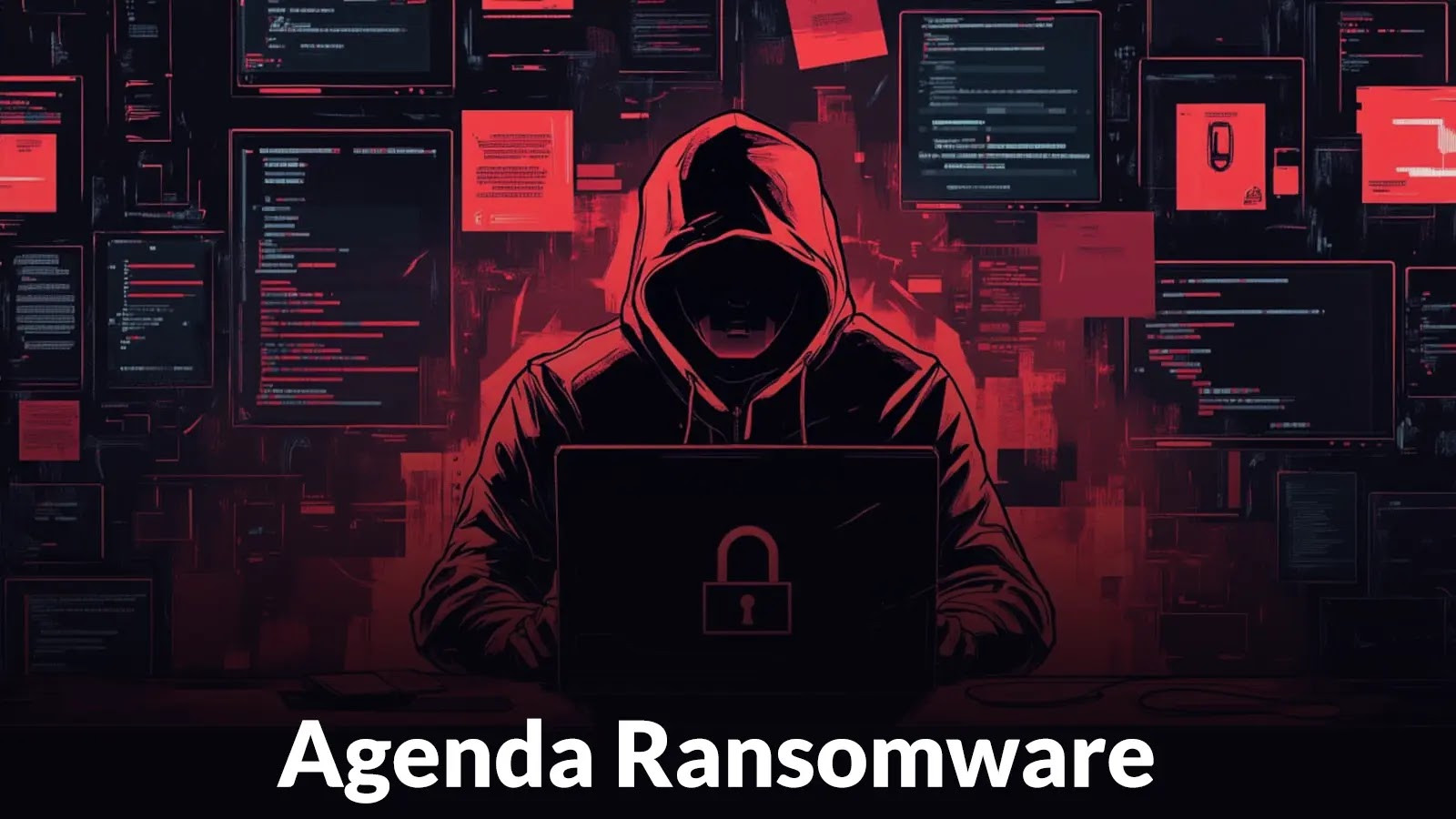
Agenda Ransomware Actors Deploying Linux RAT on Windows Systems Targeting VMware Deployments
Unmasking Agenda Ransomware’s Cross-Platform Ambush on VMware Environments
In the relentless cat-and-mouse game of cybersecurity, threat actors constantly refine their tactics. A recent discovery by cybersecurity researchers has sent ripples through the industry, revealing a sophisticated evolution in ransomware deployment. The Agenda ransomware group, notorious for their impactful attacks, is now deploying Linux-based remote access Trojans (RATs) directly onto Windows systems. This isn’t just a novel trick; it’s a strategic move specifically designed to target and compromise critical VMware virtualization infrastructure and backup environments, challenging established security paradigms.
The Evolving Threat: Linux RATs on Windows
Traditionally, security solutions on Windows platforms are optimized to detect and neutralize Windows-native malware. The Agenda ransomware group’s latest gambit cleverly sidesteps this by leveraging Linux binaries. By introducing Linux-based RATs onto Windows machines, they aim to exploit an often-overlooked blind spot in endpoint detection and response (EDR) systems. This cross-platform approach highlights a significant shift in ransomware operations, demonstrating a nuanced understanding of enterprise IT landscapes that often blend Windows servers with Linux-based virtualization solutions.
The core of this strategy lies in the ability to establish persistent control and reconnaissance within a compromised network. Once the Linux RAT is operational on a Windows gateway or management server, it can be used to pivot deeper into the network, specifically targeting the VMware vSphere or ESXi hypervisors that underpin virtualized infrastructure. This allows attackers to encrypt virtual machines, delete snapshots, and disrupt critical business operations by compromising the very foundation of an organization’s digital assets.
Targeting VMware: A High-Stakes Objective
VMware environments are a prime target for ransomware operators due to their centrality in modern data centers. A successful attack on VMware infrastructure can bring down an entire organization, affecting countless virtual machines, applications, and services simultaneously. The Agenda group’s focus on these environments underscores their intent to maximize impact and extortion potential. By deploying a Linux RAT, they can likely execute specific commands or scripts that interact directly with VMware APIs, allowing them to cripple virtualized resources efficiently.
Furthermore, the targeting of backup environments alongside primary virtualization infrastructure is a common but devastating tactic. If backups are also compromised or encrypted, the victim organization faces an excruciating recovery process, if recovery is even possible without capitulating to ransomware demands. This dual-pronged attack strategy aims to eliminate all viable recovery options, increasing pressure on victims to pay the ransom.
Remediation Actions for Enhanced Resilience
Organizations must adapt their security strategies to counter these evolving threats. A multi-layered defense approach is crucial, focusing on detection, prevention, and rapid response across heterogeneous environments.
- Implement Robust EDR/XDR Solutions: Deploy advanced EDR or Extended Detection and Response (XDR) solutions capable of cross-platform visibility and anomaly detection. These solutions should be able to identify unusual process execution, file system modifications, and network communications originating from unexpected binaries, regardless of their underlying OS architecture.
- Strengthen VMware Security:
- Isolate VMware management interfaces and networks.
- Enforce strong access controls and multi-factor authentication (MFA) for all administrative accounts interacting with vCenter Server and ESXi hosts.
- Regularly patch and update all VMware components to address known vulnerabilities (e.g., stay informed about recent CVEs like CVE-2023-20867 regarding VMware vCenter Server vulnerabilities, though not directly related to this specific RAT, general patching is critical).
- Segregate backup infrastructure from primary production networks and ensure immutability or air-gapped backups.
- Network Segmentation: Implement strict network segmentation to limit lateral movement. Isolate critical servers, especially those managing virtual infrastructure, from general user networks.
- Behavioral Analysis: Enhance monitoring with behavioral analytics to detect suspicious activities, such as attempts to execute unfamiliar binaries or unusual privilege escalation attempts, which might indicate a RAT’s presence.
- Endpoint Hardening: Configure Windows systems with robust security policies, including application whitelisting and attack surface reduction rules, to prevent the execution of unauthorized or malicious binaries.
- User Awareness Training: Continuously train employees to identify and report phishing attempts, which remain a primary initial vector for many ransomware attacks.
Key Takeaways: A Call to Vigilance
The Agenda ransomware group’s deployment of Linux RATs on Windows systems targeting VMware environments signifies a critical evolution in cyber threats. It underscores the need for organizations to move beyond OS-specific security mindsets and adopt comprehensive, cross-platform security strategies. Robust EDR, meticulous network segmentation, and fortified VMware security practices are no longer optional but essential for safeguarding modern IT infrastructures against increasingly sophisticated ransomware campaigns.





